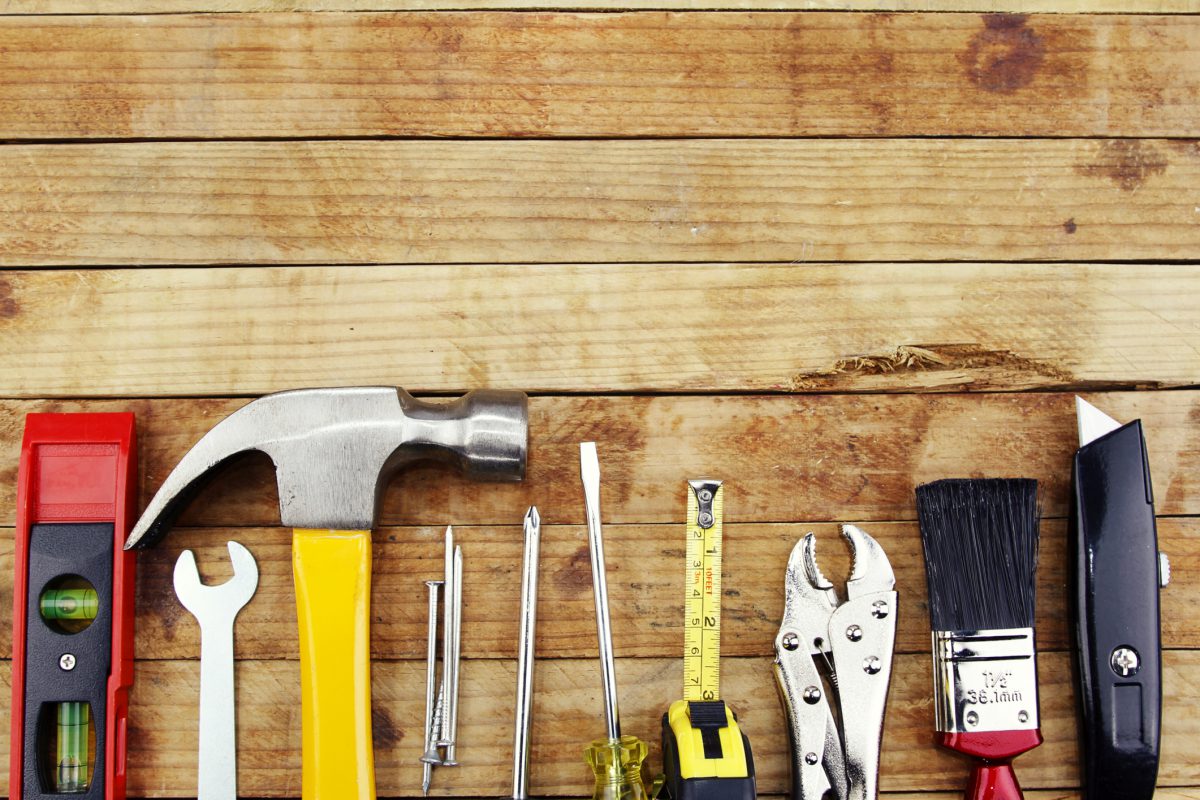A recent survey showed that 64% of U.S. adults indicated that they believe home prices will continue to raise over the next year. This marks the highest percentage since before the market crash over 10 years ago. If you are in the market for a house, know what responsibilities come with a property owner.
Do I need to maintain the property?
Slip and falls are the sixth most serious cause of death. Over eight million people each year have to visit the hospital for this personal injury. One of the leading causes of slip and falls is from a homeowner’s failure to maintain his or her property. A homeowner cannot neglect or abandon their property without facing legal liability.
The law states that an owner has a duty to keep the property reasonable safe and make adequate repairs for anyone entering the property (except for unknown trespassers). These responsibilities do vary state to state. For example, in Florida a property owner can be responsible even if they did not have knowledge of the dangerous condition.
This responsibility extends to inspecting the property on a regular basis to discover any dangerous conditions and either repair them or provide notice (with a sign) to anyone who enters the property. The result for failure to maintain your property is that you can be sued for the personal injuries that are caused by your neglect.
Am I responsible for property insurance?
Property insurance substantially serves the interests of the insured. These insurances provide financial compensation after a natural disaster or similar loss. In fact, one in 15 homeowners have a property insurance claim each year. Legally, you can own a home without property insurance; however, many lenders require that borrowers have property insurance on the home.
One consequence for failure to pay homeowners insurance and/or a cancellation of a homeowner’s insurance policy is foreclosure. It’s important to check the language of your mortgage for the following language: “Failure to pay insurance is a default.” If this is present in your mortgage, it this signifies that the lender has the right to foreclose the property against you for failure to pay property insurance.
What happens if I neglect to pay my mortgage payments?
In 2016, new first lien mortgages surpassed the $2 trillion mark for the first time since the end of the housing bubble nearly eight years prior. As the data indicates, more individuals are obtaining loans; however, it’s important to know what happens as a result for failure to pay those loans.
Mortgage payments are monthly payments to the lending institution from the borrower for principal interest on the home loan. Within as little of 90 days after a borrower fails to make a mortgage payment, the lender can initiate a foreclosure proceeding against the borrower. This means the lender can sell the house and collect the proceeds to apply towards the borrowed amount of the home.
Do I have to pay property taxes on my home?
The U.S. Census Bureau conducted a recent survey on the average American household. They found that the average family pays $2,127 per year on property taxes. These property taxes aren’t optional either, and they continue to rise. Between 2000 and 2010, property taxes rose to $476 billion from from $247 billion.
Failure to pay property taxes can lead to a forced sale of your home through a foreclosure proceeding. Additionally, the taxing authority may impose a tax lien and sell that tax lien. Ultimately, this could lead to the purchaser initiating foreclosure proceedings.

